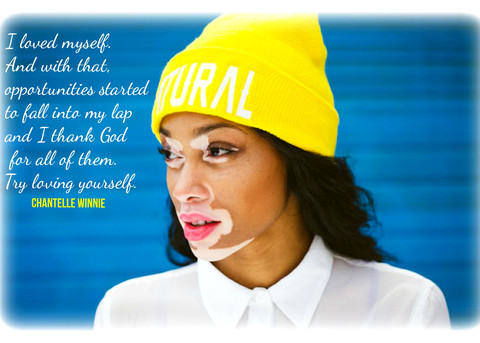
Part of the reason why BDD suffers don’t know where and how to seek treatment because of the misunderstanding of what BDD is and how people feel to live with it. There are elements of shame and secrecy about BDD. People with BDD are always unwilling to seek help, as they feel embarrassed or ashamed about their problems. However, I believe there is nothing to be ashamed of, as our health is the most important thing to us that we should take great care of ourselves. BDD is a long-term health condition that just likes many other physical conditions and it is our faults. Seeking help is very crucial for people who have the BDD symptoms as it is not likely that the conditions will improve if left untreated and even may get worse. Therefore, it is very fundamental for people with BDD to seek help as early as possible and improve their mental health by changing their attitudes, being more mindful and practising compassion and happiness. It could give them the greatest chance of overcoming BDD. Like most of the mental diseases, there is no definite cure for BDD but there is assistance available and effective treatments that can help overcome BDD. The recommendation of the doctor have given that the treatment for BDD could have a combination of medication and psychotherapy. By receiving treatment, BDD patients can experience an improvement in their symptoms.
People who are suffering from BDD should take steps toward seeking help and treatment to overcome their struggle. They can search freedom from this devastating burden of self-destruction and find hope as well as healing for recovery. Medical experts recommend people with BDD to have self-help and cognitive behavioural therapy (CBT) that aimed to help people manage this disorder by changing the way they think and behave. It is a talking therapy that the therapist will try to establish some goals the patients would like to achieve like spending less time obsessively checking appearance in the mirror and less time attempting to conceal their perceived flaws. It involved a time that requires the patients to have a facing situation where they would obsessively think about their appearance. It can help the patients to be able to progressively cope better with their BDD condition over time. In the part of this therapy, patients may be given some self-help materials to use at home and get invited to join some group work. Many people who had suffered from BDD found it very helpful to go to the support groups. As they can have a chance to meet with others who are going through the same thing, they can discuss some practical tips to help each other to cope with this disorder on a daily basis.
My point is the BDD patients should have their own learning tools to address their anxiety and have a better understanding of themselves as a huge unit of attributes and skills and feelings. They should be able to know that body is not being the centre of whether they are a worthwhile people or not.
Here are some tips to deal with and you need to know about BDD:
-Make sure you have a good support system of friends and family members.
-Consider joining a BDD support group
-When you expose yourself and your fears to others, you can become less sensitive.
-Make sure to get enough sleep and exercise.
-You may need medication to help deal with anxiety or depression.
-Avoid seeking surgery as a solution.
-Eat a healthy diet.
-Have regular exercise.
-Don’t self-medicate with drugs or alcohol.
-Avoid cutting yourself off from other people.
-If you have any thoughts of hurting yourself or giving up, you need to tell someone and talk to your doctor right away.







